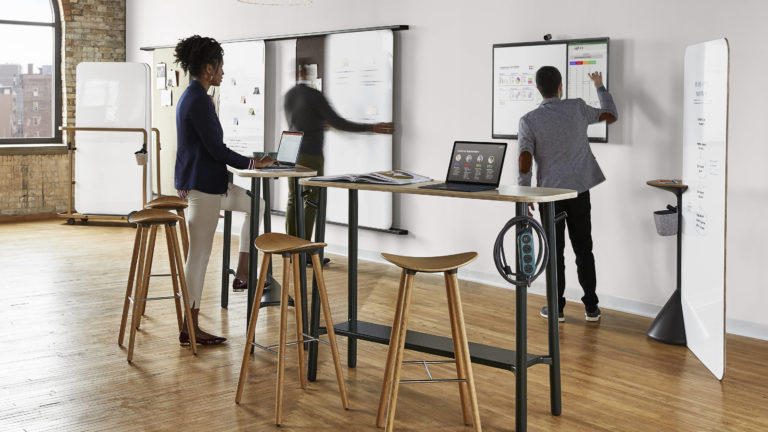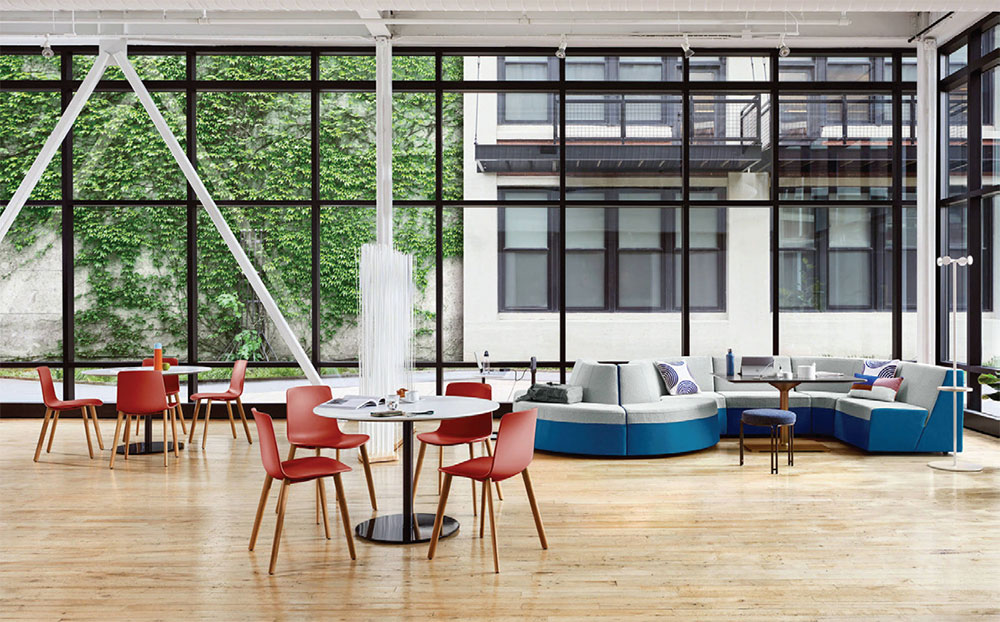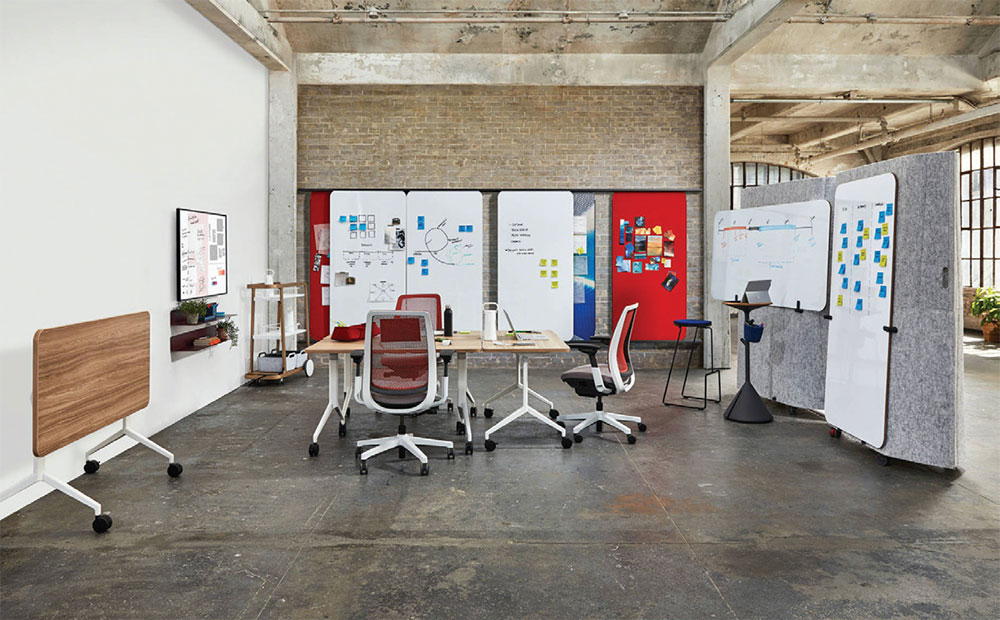The reason we go to the office is changing

Worldwide, the time people spend driving to work is rising. New data shows the average Briton spends over 37 minutes each way commuting. Since 1980, people have lost an amount of time equal to an additional full work week per year just traveling to and from work. And, this is a global problem. While this most recent study Mexico City, London, Berlin, Paris, Singapore, Sydney and Toronto all boast the unfortunate title of some of the worst commutes in the world. This boost in bumper-to-bumper traffic adds to a growing argument for a reboot of the office to make the drive worthwhile.
Rapid economic growth — lots of jobs being added in major cities, but a lack of affordable housing — tends to push people further from the city centre. While some jobs and tasks lend themselves to remote work, it’s not always the answer. A business review recently reported on a four-year study of a major technology company that found “remote workers communicated 80% less about their assignments than co-located team members.”
WHY WE GO TO THE OFFICE IS CHANGING
So, as people spend more time dealing with the frustration of a longer commute, it becomes crucial that when they arrive at the office, their work experience is seamless, productive and helps them feel revitalized.
Increasingly, people spend more than half of their day working on a team— a percentage that’s rising with no signs of slowing down as organizations pursuing growth are looking to teams to develop new ideas and get to market faster.
Research tells us these high-performing teams are working differently. They are constantly moving projects back-and-forth — like a soccer or basketball team. They rely on one another to get their work done. This is in stark contrast to the way things used to be when people would complete one part of a project and then pass it off to someone else — like a relay team. This fast-paced iterative style of collaboration works better and moves more quickly in person.
HOW WE COLLABORATE IS CHANGING
More and more teams are turning to practices like design thinking (a method for creative problem solving) and agile (a process for quick execution) to structure how their teams work together. Both are dynamic and fast-paced. Teams move quickly from one mode of work to the next and physical presence is highly valued to keep work flowing.
Regardless of process, collaborative work today takes a variety of forms from teams that are always together to formal meetings, active brainstorm sessions, informal connections and serendipitous interactions. These face-to-face and shoulder-to-shoulder ways of working help teams move faster and solve problems together in real-time. In addition, being together creates a sense of community, builds relationships and develops trust — the currency of innovation.
SO, THE OFFICE IS CHANGING
Since people are spending greater amounts of time in the office working with others, the workplace is experiencing a reboot as well. Offices set up for a linear process (rows and rows of individual desks or private offices) are not supporting iterative, fast-moving teams or casual, opportunistic connections. As a result, organizations are committing more space and resources to creating homes for teams and shared spaces where people can be productive with their colleagues.
The best workspaces support the team while also nurturing the needs of individuals. Designers suggest successful homes for teams should:
- Help people work in close proximity with easy access to their information
- Empower teams with furniture and tools they can adapt based on the task at hand
- Allow people to quickly switch between digital and analog tools
- Create places that encourage people to actively engage with each other and their content
A bright, inviting social café can support informal connections and group work in a more casual environment.
And, successful shared spaces should help people be productive and feel good by considering:
- Appropriate levels and types of privacy needed (visual, acoustic and territorial)
- Supporting the body in a posture appropriate for the task (lounge, task, stool height or standing)
- Intentionally plan the proximity between people, their tools, the furniture and the overall space
- Expressing the unique brand and culture of an organization
So, as work leans into the power of teams, the workplace is following suit. We are innately social beings. And, while we may never look forward to our commutes, we will continue to seek out the connections and collaborations that come from physically being with our colleagues.


